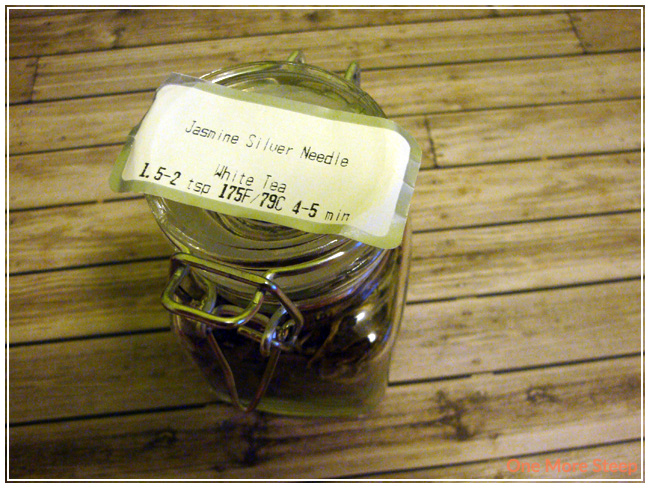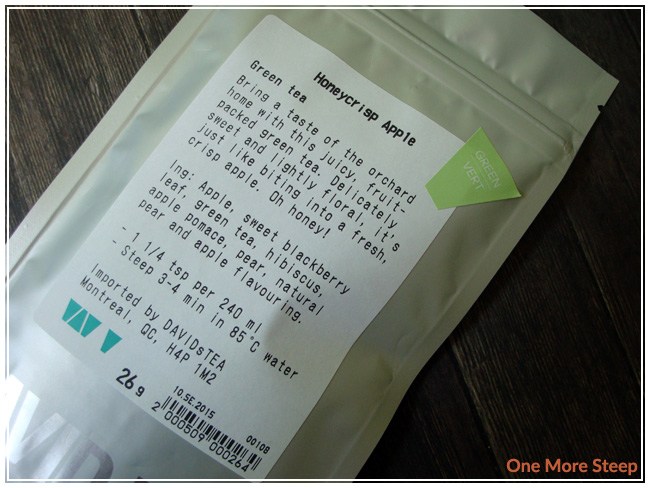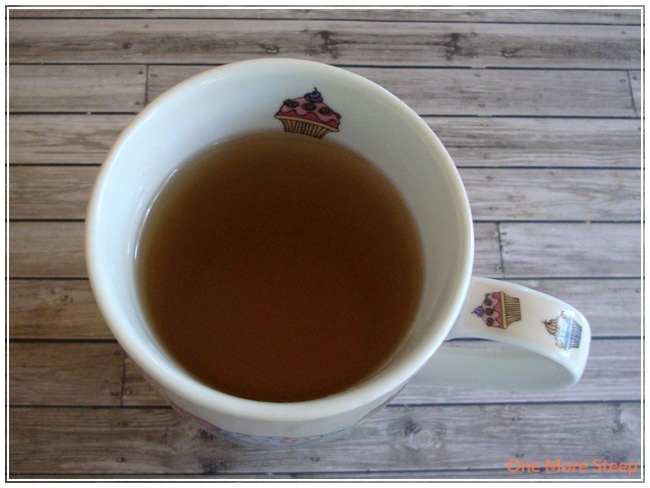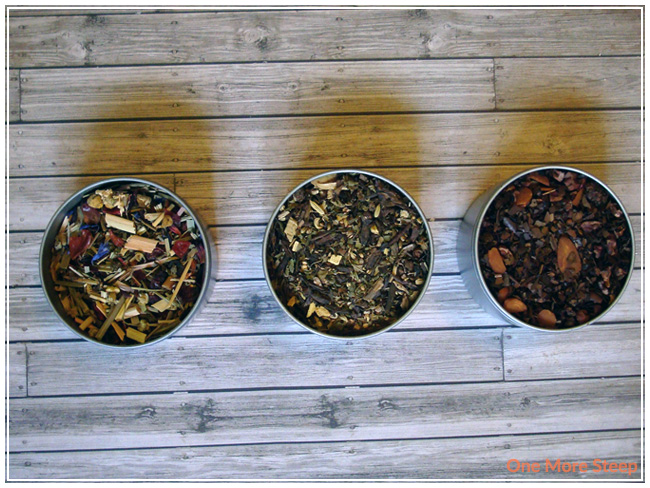There are people who don’t think that tea can go bad because it’s dry leaves and it just stays in a cupboard for when you need it. But tea can go bad and nobody wants to open up a bag, hope to inhale the beautiful aroma of their favourite tea and be left with a hint of what the tea used to smell like – before it was left to mingle with air and the heat from being stored above the stove. In general, the factors that cause tea to go bad or to go stale include exposure to:
- Humidity/moisture,
- Heat,
- Air, and
- Light
There is a reason why it’s recommended to keep tea in a cool, dry, dark place – like a cupboard.
Humidity/moisture is a big one – if your tea leaves get wet and then continue to stay wet or don’t dry out properly, you end up with mold. Dry tea is shelf stable, but only if it’s dry.
Heat is a problem for tea because heat speeds up the degradation process. The quality of tea degrades when it is exposed to heat, one of the reasons why a “cool” tea storage place is idea.

Air is a tricky one for a myriad of reasons. Air flow can introduce unpleasant odours to your tea as they can pick things up, but it can also introduce moisture to the tea leaves as there is water content in the air. A good air tight seal is ideal for most teas unless you happen to have pu-erh teas. Pu-erh teas do better when they can “breathe” and will benefit from air circulation (pu-erh teas is a tea that gets better/stronger with age as it ferments, but it can only do this if it’s allowed to have contact with air, so an air tight container is not necessary).

And then there’s light. Sunlight can degrade tea leaves by damaging the tea leaves. This is one of the reasons why clear glass jars are not ideal for tea storage. I do have some tea in glass jars, but I also keep them in a dark box so they’re not exposed to light all the time. The rest of my tea lives in tea tins or bags that can be sealed.
I personally use a combination of methods to store my teas. A lot of my teas live in their original packaging (especially if that packaging includes the dry leaf being in zipped baggies that live in metal tea tines), while some have gotten transferred. I find a lot of retail packaging is sufficient, but I will transfer the tea into clear zipped bags if necessary. And when I have a spare tea tin, I like to wash it out, dry it, and refill it with a tea that could benefit from being in a tea. A lot of my tea tins are from DavidsTea, but a lot of places now carry similar storage tins (e.g. dollar stores, kitchenware stores, other tea retailers).

